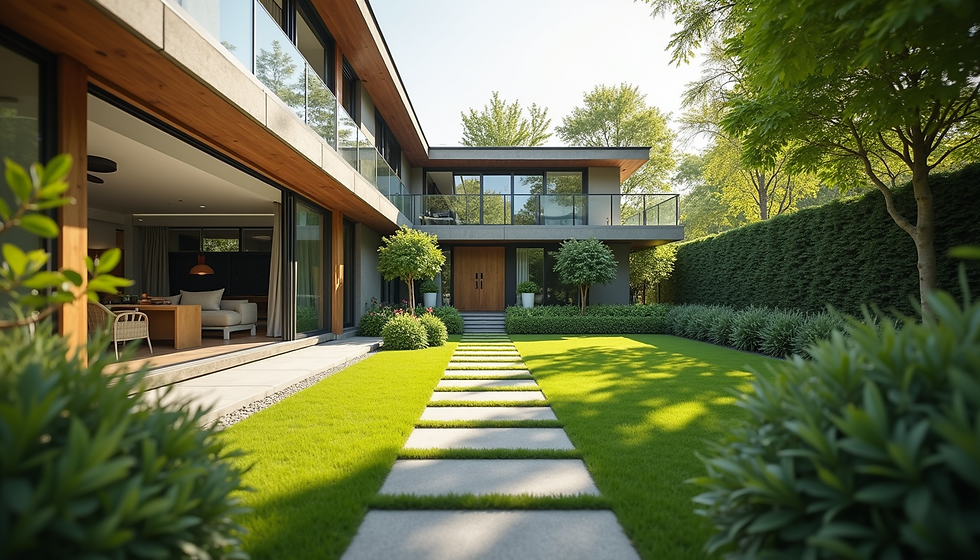Land is King: Why Established Properties Outshine New Builds for Capital Growth
- Ash Ravi

- Mar 3
- 2 min read

In the realm of real estate investment, the siren song of a sparkling new property can be tempting. Gleaming finishes, modern appliances, and the allure of being the first owner – it's easy to see the appeal. However, for investors laser-focused on capital growth, the reality is often far simpler: prioritise established properties with substantial land.
Why? Let's break down the key factors:
1. The Power of Land Appreciation:
Scarcity and Demand: Land, unlike buildings, is a finite resource. In established areas, where development is often constrained, larger land parcels become increasingly rare and valuable. This scarcity drives up demand, leading to significant capital appreciation over time.
Development Potential: A large block offers flexibility. You could subdivide, build a granny flat, or even redevelop the entire site (subject to council approvals). This potential for future development significantly enhances the property's long-term value.
Established Infrastructure: Established areas typically boast mature infrastructure, including roads, public transport, schools, and amenities. This infrastructure contributes to the desirability of the location, further boosting land values.
2. The Limitations of New Builds on Small Lots:
Depreciation: New properties, like cars, tend to depreciate in value in the initial years. While the building itself may be modern, the land component, often minimal in new developments, limits potential appreciation.
Limited Development Potential: New developments often feature smaller lot sizes, restricting future development options. You're essentially buying a finished product with little room for expansion or enhancement.
Higher Density, Lower Exclusivity: New developments can result in higher density living, which can diminish the sense of exclusivity and potentially impact future resale value.
3. The Charm and Potential of Established Properties:
Character and Uniqueness: Established properties often possess unique architectural features and character that new builds lack. This can be a major drawcard for buyers, adding to the property's appeal and value.
Renovation and Enhancement Potential: Established homes offer opportunities for renovation and enhancement, allowing you to add value and personalize the property to your liking.
Proven Track Record: Established areas have a proven track record of capital growth, providing a sense of security for investors.
4. The Numbers Speak for Themselves:
Historically, properties with larger land holdings in established areas have consistently outperformed new builds on smaller lots in terms of capital growth. While new builds may offer short-term appeal, established properties with land provide a foundation for long-term wealth creation.
In Conclusion:
For investors prioritising capital growth, the strategy is clear: focus on established properties with substantial land. While the allure of a brand-new home is undeniable, the long-term benefits of land appreciation, development potential, and established infrastructure make established properties the clear winner. By prioritizing land, you're investing in a tangible asset that will continue to appreciate in value for years to come.







Comments